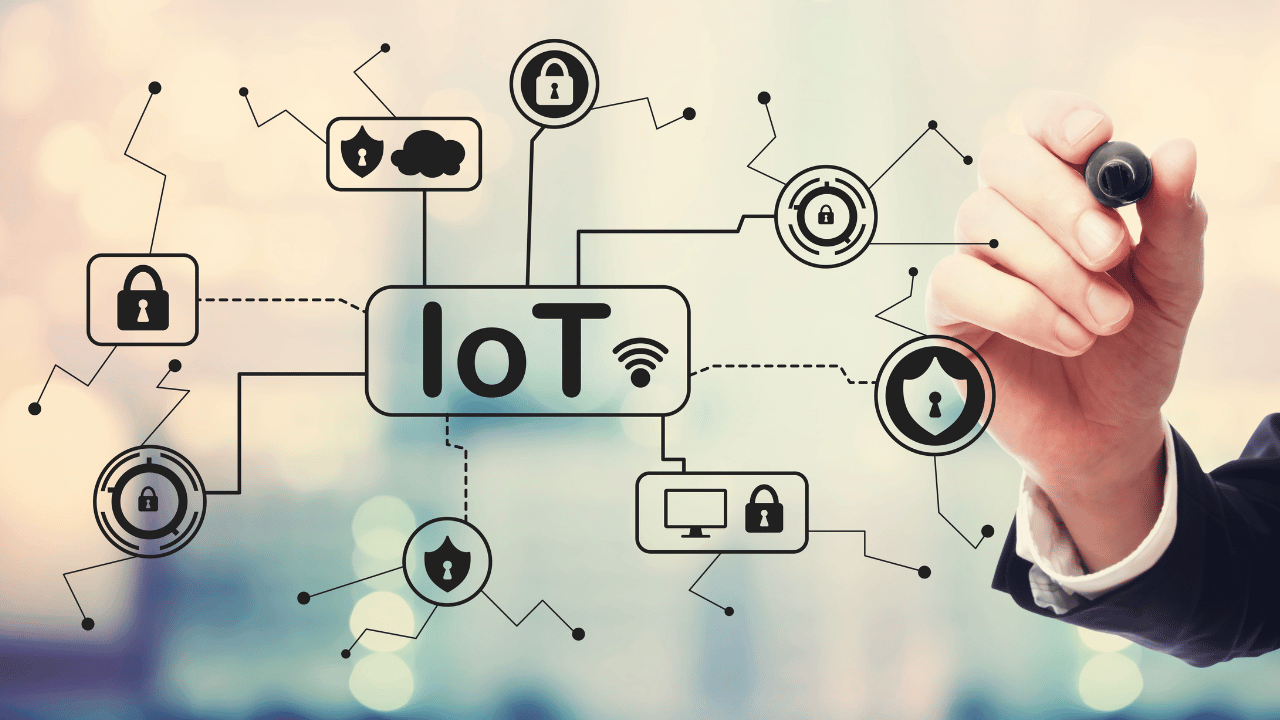Internet of Things
Basics of Iot
Sensor
Sensor is a electronic device that can sense the real environment.Example – thermometer, gyroscopes, accelerometer, proximity, mic, etc are the example of sensor.Actuators
Actuators are devices or components within a system that are responsible for converting energy (often electrical, hydraulic, or pneumatic) into physical action.Characteristics of IoT
Here are some key characteristics –
Dynamic and Self adapting
The Iot devices and the systems having the capability to adapt dynamically, the change in contexts and take actions based on their operating environment, user’s context, or sensed environment.
Interconnectivity
IoT devices are interconnected through networks, enabling them to communicate and share data with each other without human involvement.
Sensing and Actuation
IoT devices are equipped with sensors and actuators that enable them to sense their environment, collect data, and take actions based on predefined parameters or user commands. These sensors can gather information such as temperature, humidity, motion, light, and more, while actuators allow devices to perform actions like turning on/off, adjusting settings, or triggering alerts.
Data Collection and Analysis
The IoT devices sense the real environment and collect data from environment by the use of sensors and that data is used futher analysis. This data is collected, processed, and analyzed in real-time or near real-time to extract valuable insights, detect patterns, and make informed decisions.
Remote Monitoring and Control
IoT enables remote monitoring and control of devices and systems from anywhere with an internet connection. This capability allows users to monitor and manage IoT devices, access real-time data, and control their operations remotely using smartphones, tablets, or computers.
Unique Identity
Each and every IoT devices has a unique identifier such as an IP address. By the use of unique identity (IP Address), the device is identified uniquely in group of devices.

